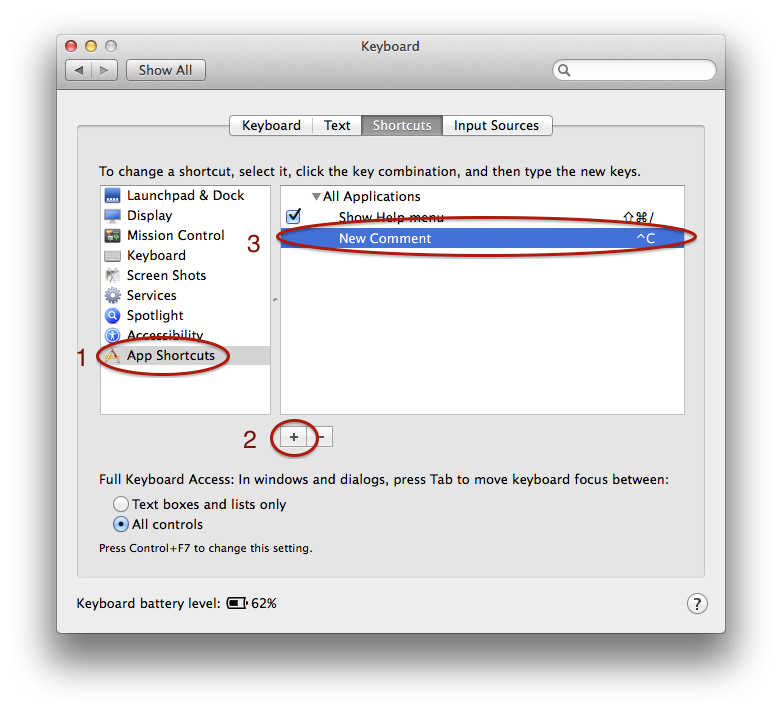

On a virtual keyboard, press and hold down the apostrophe key to get to the real apostrophe.Find the apostrophe in your character map or symbols menu (where it may be listed as a right single quotation mark or single closing quotation mark).If you’re using a smart quotes feature like the one in Word or Google Docs, fool your computer by typing two apostrophes and then deleting the first (incorrect) one: ‘’90s becomes ’90s.So how do you make sure that you get an apostrophe instead of a left single quotation mark? There are lots of ways to get the right mark when smart quotes don’t work (or when they aren’t an option). (Oops.)įortunately, all it takes to prevent this common error is a little bit of human intervention. So you see it everywhere, from the New York Times to social media: “The ‘90s are officially cool again.” Maybe, but that apostrophe is backward: it’s ’90s, not ‘90s. The main problem is that autocorrect doesn’t do a very good job of handling an apostrophe at the beginning of a string of text, where it’s more likely to be interpreted as a left single quotation mark. (Microsoft Word introduced autocorrect, and its smart quotes feature, in 1993.) Smart quotes are turned on by default in many word processors and other applications. At the beginning of a word, autocorrect assumes that you want a left (opening) quotation mark in the middle of a word or at the end, you’ll get an apostrophe or a right (closing) quotation mark. Smart quotes are called smart because they depend on a type of artificial intelligence known as autocorrect. (They’re also the ones you’ll need if you’re typing code.) But for your published work, you’ll probably want the curly versions. The straight marks are fine for correspondence and social media and the like. This all-purpose character has three roles: apostrophe, left single quotation mark, and right single quotation mark. Instead, what you can normally expect to get when you press the apostrophe key is a generic straight mark. So there’s no separate key for the left single quotation mark. QWERTY and other keyboard layouts reserve one rather than two keys for the single quotation mark and apostrophe. The straight marks are easier to use because there’s only one kind. (Left and right quotation marks are also known as opening and closing quotation marks.) Straight Quotes With these curly marks (as we’ll see) it’s important to remember that an apostrophe is not the same character as a left single quotation mark. When they are used, they are normally reserved for quotations within quotations, “as ‘shown’ here.”† (Quotation marks, double or single, always come in pairs.) In Chicago and other styles that use double quotation marks, single quotation marks are rare. When this same character is being used as a right single quotation mark, it’s paired with its twin, the left single quotation mark. The apostrophe’s other main role is to form possessives (as it does at the beginning of this sentence).

In other words, a curly apostrophe and a right single curly quotation mark are the same thing.Īs you’ve seen throughout this post, apostrophes help to form contractions.
#Create curl shortcut on mac desktop code#
The official Unicode name for the curly type of apostrophe is “right single quotation mark.” As the relevant code chart explains, “this is the preferred character to use for apostrophe.”* In a moment we’ll see why smart apostrophes aren’t always very smart. Straight apostrophes, on the other hand, are what you normally get when smart quotes aren’t enabled. Smart apostrophes are the marks you’ll see in this paragraph and throughout this post. In word processors you will probably get them by default, thanks to a feature called smart quotes. Smart apostrophes, also known as curly or typographer’s apostrophes, are the professional-looking marks preferred by most publishers. To use them correctly, it helps to know how they work. There are two different kinds of apostrophes: smart and straight.


 0 kommentar(er)
0 kommentar(er)
